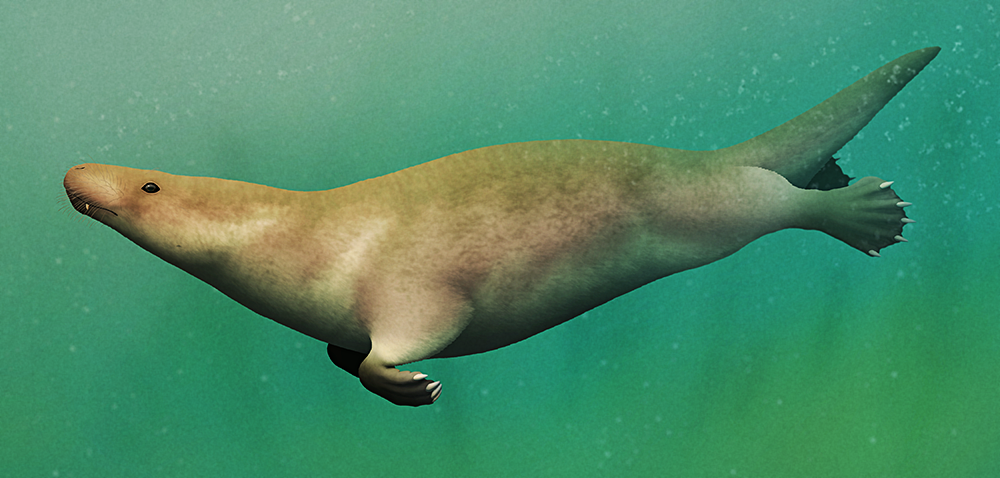If there’s any equivalent to carcinization in mammals, it’s turning into an otter-beaver-like semi-aquatic form.
Because it just keeps happening.
Modern examples alone include otters, beavers, muskrats, giant otter shrews, desmans, aquatic genets, yapoks, lutrine opossums, and platypuses – and in the fossil record there were early pinnipeds, remingtonocetids, pantolestids, stagodontids, and Liaoconodon going as far back as the early Cretaceous. Even outside of the true mammals there were also Castorocauda, Haldanodon, and Kayentatherium during the Jurassic, and much further back in the late Permian there was the early cynodont Procynosuchus.
So a non-cynodont synapsid doing the exact same thing really isn’t all that surprising.
Perplexisaurus foveatus was a member of the therocephalians, a group of synapsids that were close evolutionary “cousins” of the cynodonts-and-true-mammals lineage. Similar in size to a modern rat, about 20cm long (8″), it lived in Western Russia during the Late Permian about 268-265 million years ago.
At the time this region was a river plain with a tropical climate, experiencing seasonal floods that turned the whole area into what’s known as “viesses” (a name based on the abbreviation “V.S.S.” standing for “very shallow sea”), vast shallow lake-seas that persisted for weeks or months at a time.
So this little animal has been interpreted as being semi-aquatic, swimming around and feeding on aquatic invertebrates and tiny fish and amphibians. Its skull had numerous pits around the front of its face, suggesting that it had a highly sensitive snout – probably whiskery, allowing it to hunt entirely by touch in dark murky water, but it’s also been proposed to have possibly had an electroreceptive sense similar to modern platypuses.

